Travel eyeglasses
The agony of travel search and the eyeglass shop paradox
With the proposed acquisition of ITA Software by Google, ‘s apparent serial successes, Hipmunk buzz, Everbread expectations, and many more, it looks like the search problem is still looking for the best answer.

But with “best” being the mother of all ambiguous words, one approach is to measure search quality by technical parameters.
This can includes things like number of sources searched or number of pages/fares searched; speed to respond and sped to respond with lots of results; freshness of data; accuracy of results; amount of details returned for each option; relevancy to the query, and many others.
There are companies who specialize in comparing search engines, they run lots of parallel queries and measure who is able to find the lowest price. Inevitably, there is no absolute winner, results are provided as percentage of times where one search tool beats the other.
But is lowest fare the “best” measurement criteria?
Fifteen years ago, the market was delighted with innovative tools from the GDSs to automatically find the three best fares, then the nine best fares, then best fares also including two connections, then 200 best fares, etc, etc… it was all about best fares.
Today we seem to be back to a quest for quality, with tools trying to avoid flooding users with hundreds of options and suggesting the best options (cheapest fare, lowest CO2 emission, lowest travel time…).
But I question if either approach is better than the other.
Focus on the user need
A “good” search tool is one that helps the user find what they are looking for, and this is where it gets interesting.
Sticking with travel, in some cases the traveler is looking for the best price, in other cases for the best schedule; in some cases for the preferred airline, in other cases for the shortest connection; in some cases for a specific airport, in other cases for any airport. Parallel criteria apply to selecting hotels. And even for the same individual, the decision is different at any new trip.
The innovation brought by metasearch players has been to provide access to a very wide range of options, and let users manipulate filters across different dimensions to slice and dice the results set.
The search engine role is actually just to return as fast as possible a large dataset – the user will use different filtering criteria at each trip according to the priorities of the day.
But, most importantly, the user can make trade-off decisions after having checked the range of available options. This is not a trivial statement: enter eyewear.
See also:
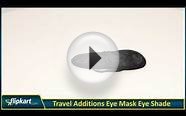
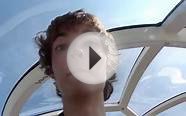

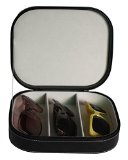
|
3 Piece Extra Large Travel Eyeglass Sunglass Glasses Zippered Case Storage Organizer Collector Box Watch (TimelyBuys)
|
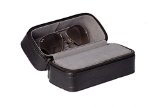
|
SMB Group 2 Piece Compact Travel Eyeglass/sunglass Zippered Storage Case Black Croco Leather Home (SMB Group)
|



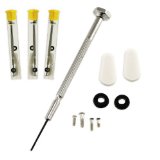
|
Set of 3 Emergency Eyeglass Repair Kits Premium Quality - One for Home, Work & Travel! Beauty (Pro Tool)
|
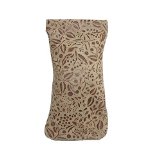
|
CTM® Womens Leather Floral Print Eyeglass Holder and Case, Tan Apparel (CTM)
|
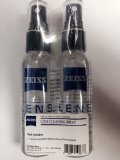
|
Set of 2 Carl Zeiss Lens Cleaning Spray 2oz - 60ml Travel Pack Health and Beauty (Carl Zeiss Vision)
|




